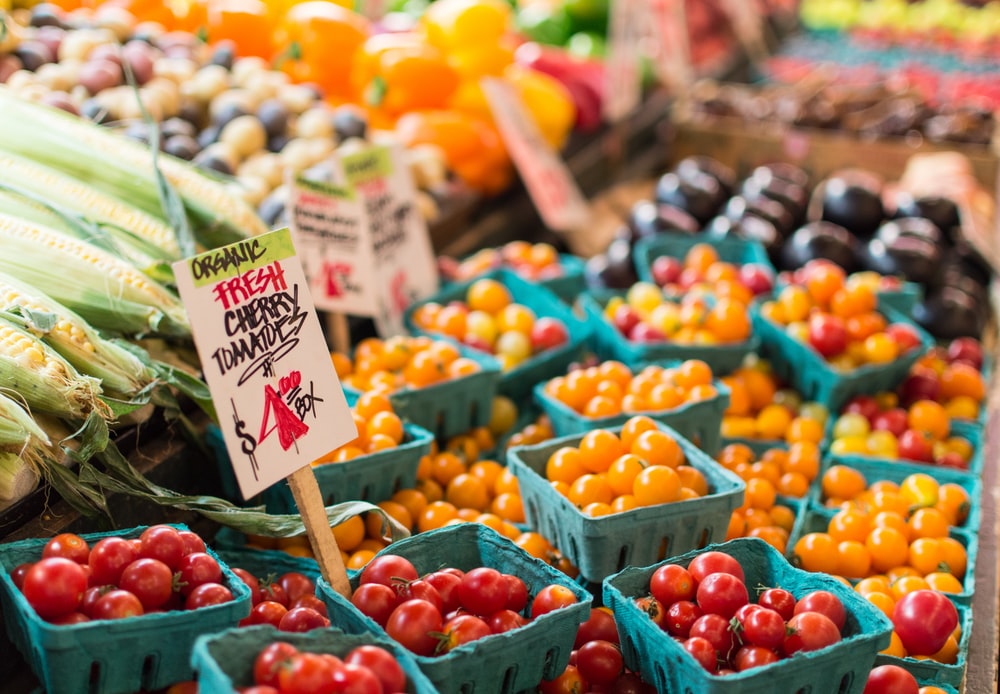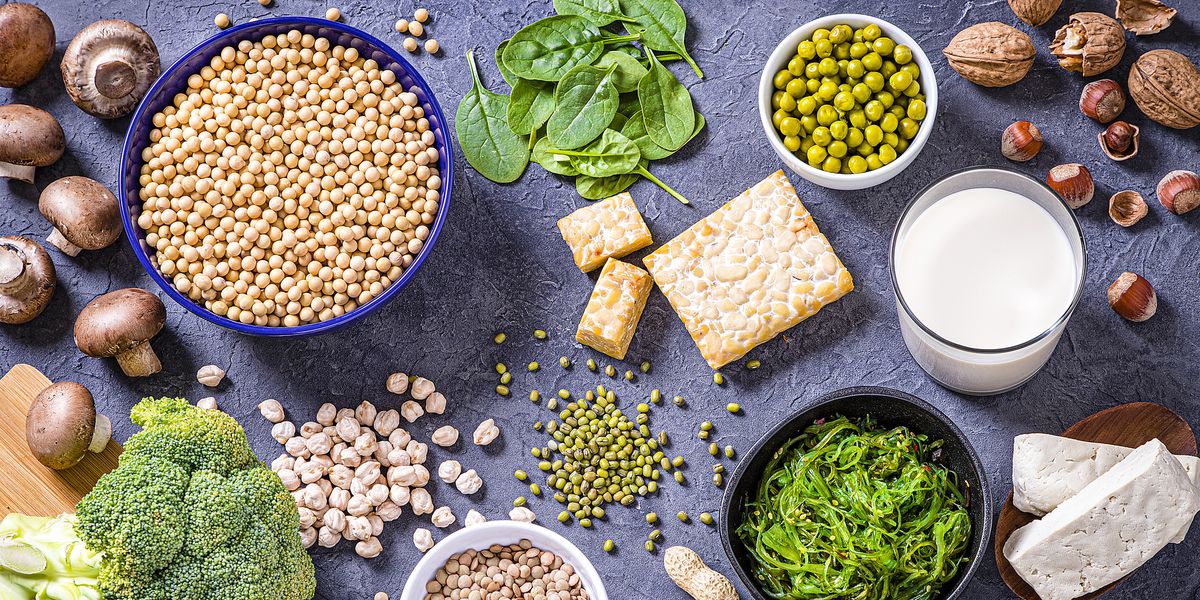Food
5 Minute read

Subhalaxmi
2022-02-12 4PM
How to adopt a climate-friendly diet

Be it in terms of the resources required to produce the food, and the wastage after consumption, the numbers suggest that the way we consume food can help in lowering carbon emissions overall. To give some perspective, the practice of rearing cattle is responsible for nearly 14% of greenhouse gas emissions and global food production systems in general contribute 34% of those emissions.
But there are some signs for us to see that people are becoming more aware of the impact food consumption has on the planet. Between 2014 and 2017, veganism grew by 600% in the US alone. When it comes to adopting climate-friendly food choices, it doesn’t necessarily mean one only has to restrict their diet to certain food types.
Something more simple like buying less quantity of food items itself helps in avoiding the chances of wastage, which would often find its way into landfills.
Here are a few ways in which we can adopt a climate-friendly diet.
Eat local

The reason why buying our food from local sources is a good practice is that the food itself doesn’t have to travel long distances. Bringing food from faraway places results in the use of multiple resources such as manpower and fuel. The larger the distance, of course higher the emissions and the carbon footprint would be in doing so.
Learn about alternatives

While we may ponder upon replacing some of the food products, one should not make the mistake of compromising on the nutritional value that we could get out of it. For example, if we plan to switch from animal-based protein, the alternatives should also be able to fill our protein requirements to that level as transitioning from a high-protein diet drastically could have repercussions on one’s health. It always helps to take an expert’s advice so getting a doctor to help plan our diet can go a long way in ensuring we get to tailor our plan according to our nutritional needs.
Go for sustainability and quality

While it’s true that a plant-based diet contributes to lower carbon emissions, but at the same time, they still do have a detrimental impact on the environment. Cashews and avocados tend to require a lot of water to sustain, although they are still popular among people who choose a vegan diet, so to speak. More importantly, one can opt for what is seasonal too.
Reduce food wastage

A very scary statistic that we recently came across - stated that nearly one-third of the food produced goes to waste. Also, 6% of the global emissions are because of food waste. While we can easily blame it on the systemic issues or the industries in question, we as individuals are also accountable for the waste that is generated. Overbuying, especially owing to one’s impulses can lead to people eventually wasting the food that comes home from the local supermarket/store. So, it always helps if we can plan our purchases when it comes to food and only buy what we need for a specific period. Even if we do end up cooking large meals, we can always stock them in the fridge to be consumed later.
Do it yourself

While a lot of us tend to order using a host of food-delivery apps, the resources expended in bringing that food to our table often leave a big impact on our carbon footprint. Be it the plastic cutlery or the fuel burned for delivering them, they all contribute negatively in doing so.
There is indeed no harm in ordering in once in a while from our favourite places, but if we manage to cook for ourselves, it definitely curbs the impact on the planet, let alone keep us healthy and save us some bucks, while we’re at it.
Pace yourself

We need to understand that there is no need to be in a hurry to change our dietary habits. In fact, the more drastic the changes, the harder it is for our bodies to adapt, so it is simply detrimental to choose those steps at the cost of our health. For example, if you intend to turn 100% vegan, it would be easier to do so by perhaps switching from say beef to chicken, and then to plant-based protein sources. Keeping one’s nutritional intake at check is therefore something one should prioritise while making such changes in our food intake.
The journey ahead
Moreover, we can do a lot by simply making a few changes in our food habits in order to lower our carbon footprint, to a large extent. It is not always about switching from animal protein but also working towards being mindful about the food waste being generated from our households. Eating seasonal and local food always helps, but at the same time we should understand our body’s needs properly, thus balancing our health as well as that of our planet.


